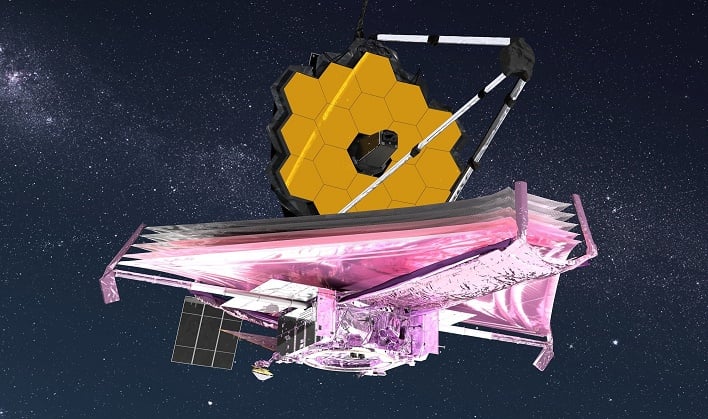JWST's Images of Distant Galaxy Clusters Showcases Einstein's Bending Light Prediction

Albert Einstein developed his theory of general relativity in the early 20th century, and is thought to be perhaps the "most beautiful of all existing physical theories." The theory also predicted that massive objects, such as stars, could bend light rays passing nearby. This led to the use of gravitational lensing, which uses a cluster's gravity like a magnifying glass, bending and augmenting the light from distant galaxies behind it. The result is multiple warped but greatly magnified images of those galaxies, according to the Jet Propulsion Laboratory (JPL).
"The galaxy clusters we examined are so massive that they bend light rays passing through their centre, as predicted by Einstein in 1915. And this in turn produces a kind of magnifying glass effect: the images of background galaxies are magnified," explained Adelaide Claeyssens, Department of Astronomy, Stockholm University, and one of the lead authors of the research paper.
JWST's high resolution, along with the magnifying glass effect, made it possible to reveal the stellar clumps. Researchers are able to use the data to further study the link between clump formation and evolution and galaxy growth a few years after the Big Bang.
"The images from the James Webb Space Telescope show that we can now detect very small structures inside very distant galaxies and that we can see these clumps in many of these galaxies. The telescope is a game-changer for the entire field of research and helps us understand how galaxies form and evolve," added Angela Adamo, one of the paper's lead authors.
The research includes a galaxy so far away that it is seen as it was 13 billion years ago when the Universe was a mere 680 million years old.


